Pain is the body’s way of telling you there is something wrong. Of course, it doesn’t give you a definitive guide to the issue or a diagnostic code that tells you what you’re dealing with. But, it is a clue that you have an issue and a good reason for you to seek help.
In fact, this is true whether it’s a mental or physical issue. The important thing is to seek medical help to get the issue resolved. Of course, you then face the question of when to seek medical attention, when is the pain serious enough to require help?
Contents
Symptoms of Serious Knee Pain
Pain in your knee can cause issues with movement, preventing you from doing many everyday tasks. It’s actually a very common issue that affects thousands of people every year.
It can happen after an accident or some other type of trauma, this often damages the ligament or cartilage. But, it can also be the result of arthritis, infection, and even gout. The good news is that most knee pain responds well to treatment, especially if you include therapy such as range-of-movement exercises. A good therapist, such as this physiotherapist in Concord – orthosportsphysiotherapy.com.au – can help you devise an appropriate recovery program.
The symptoms of serious knee pain:
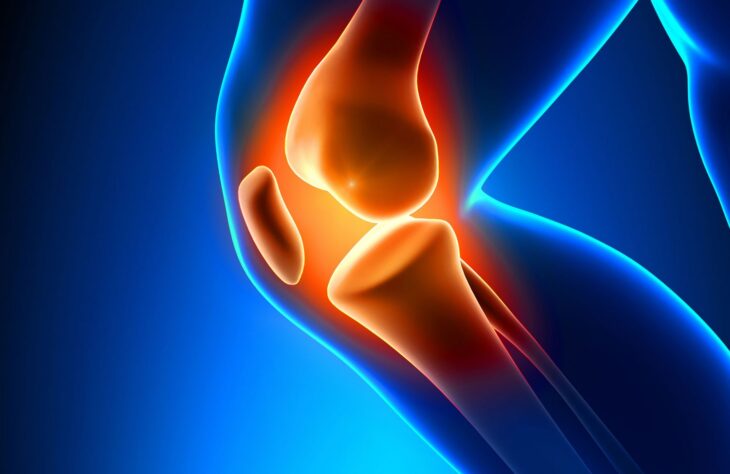
Source: Pain Management in Lakeland, Florida
-
Pain in the Knee
It sounds obvious that pain in your knee indicates you have a problem. However, it can be an indication of a serious issue if the pain is intense. In other words, if over-the-counter painkillers have no effect on the pan you’re going to want to get professional help.
The pain can be located anywhere in the knee although it’s commonly felt more at the front.
-
Swelling
When any joint is damaged your body responds by causing the area to swell, this is an attempt to brace the knee and prevent it from further damage. If your knee is swelling up your body thinks you have a serious issue and you need help.
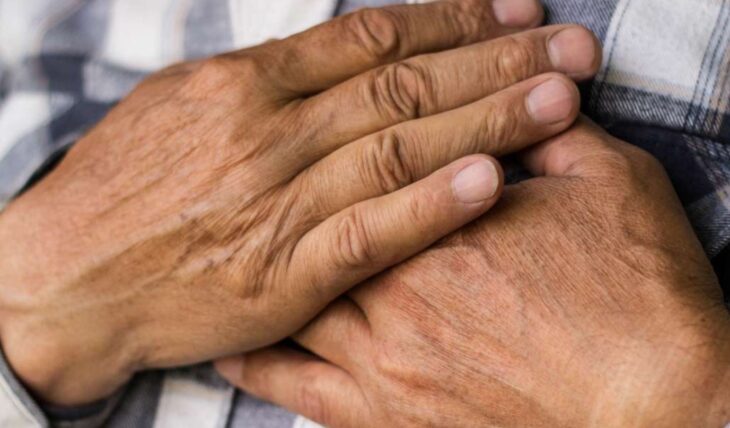
Source: Medical News Today
-
Heat
Alongside the swelling, your body will be pumping more blood to the area to help fight any inflammation and infection. This will cause your knee to turn red and feel hot to the touch. Again, this is your body’s way of telling you the issue is serious and needs prompt attention.
-
Balance Issues
If you try to stand and find that you’re struggling to balance the likely cause is that your knee is weak and unstable. It can fully support your weight. This leaves your brain confused as it attempts to make you stand differently
While it’s doing this you’ll find that you struggle with your balance. Of course, your brain and body will adjust, you’ll end up putting more weight on your other leg and standing off-balance. This will put a strain on the rest of your body, especially your back, and potentially cause an array of other issues.
You need to try and put your weight on that leg, if it’s too painful or gives out you need urgent attention.
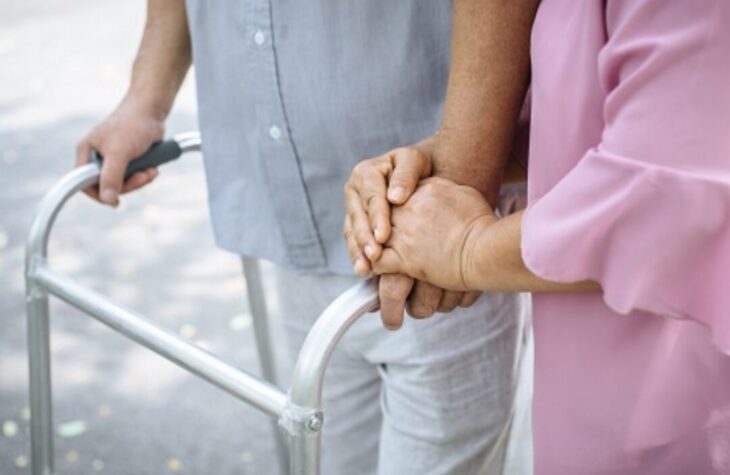
Source: Home Care | Fort Myers, FL
-
Crunching Noises
Lots of joints clunk as air moves around inside your body. This is normal. However, if your knee starts to pop, crunch, or even grind, you’re looking at a more serious issue. It’s important to get help.
-
Unable to Straighten Your Leg
It shouldn’t be surprising to discover that an inability to straighten your leg means there is an issue with your knee. Getting help quickly is important.
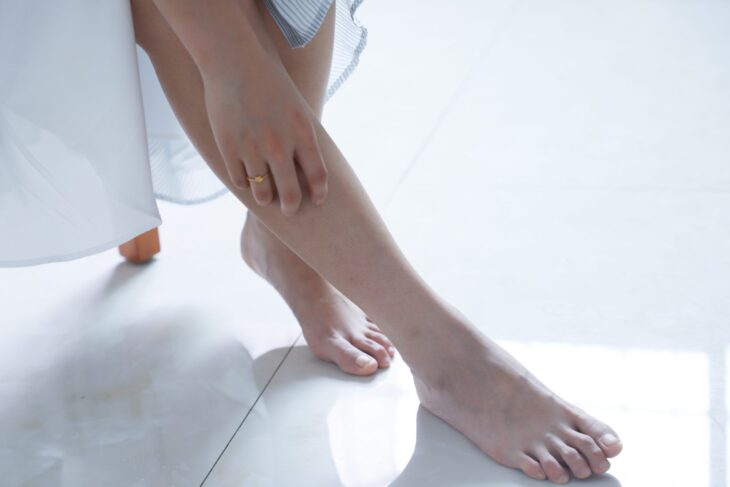
Source: lovelysugaring
-
Deformed leg/knee
If you look at your leg or knee and can see that it is a different shape to normal then you need to treat it as a serious issue.
It’s also worth noting that knee issues can lead to fever as an infection takes hold.
Common Knee Conditions
There are several common conditions that can explain your knee pain, it’s worth being aware of what they are as, in most cases, the pain and the issue can be successfully treated.

Source: joionline
-
Trauma
You’ll know if you’ve hit your knee or suffered an accident that has affected it. This is a trauma injury and can result in a tear of the ligament around your knee, a fracture of the kneecap, damage to the cartilage, or knee bursitis. The bursa is a small sac that cushions your knee joint and allows it to flow smoothly.
Usually, it has a small amount of fluid in it. But, trauma can cause it to become inflamed and swell, making your knee look huge.
It is also possible that trauma can cause tendinitis which is an inflammation of the tendon joining the quads to the shinbone.
The good news is that these conditions can be treated and usually resolved, but rest will be necessary.
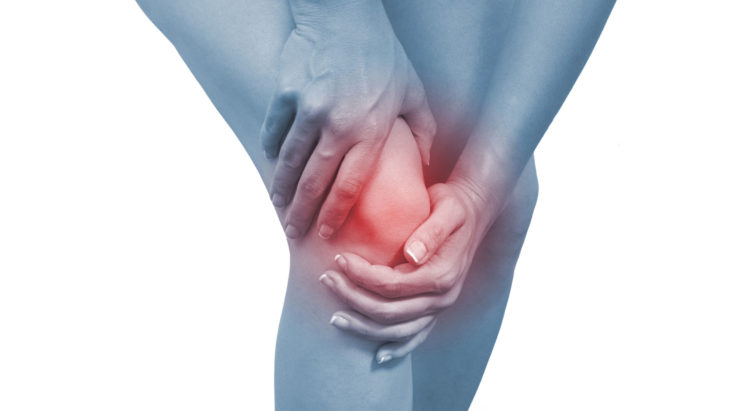
Source: painhealth
-
Mechanical Issues
Your knee is used thousands of times every day and that can lead to wear and tear, also known as mechanical issues. These include worn cartilage or a loose piece of cartilage or bone which will cause pain and interfere with your normal movement.
It is also possible to dislocate your kneecap, this can be slid back into place but is extremely painful. You can also get hip and foot pain which will change the way you walk. This causes additional stress on your knee and pain from using it differently.
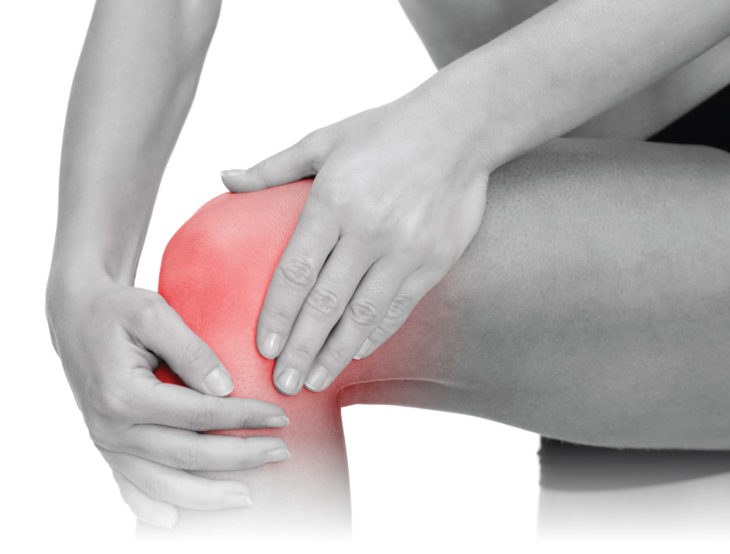
Source: Chill Cryosauna
-
Arthritis
There are many different types of arthritis but the one most likely to affect your knee is osteoarthritis. This is when the bones and cartilage get weaker, it’s common with aging. Other options include rheumatoid arthritis, gout, or septic arthritis.
-
Additional Issues
It is also possible that you have a slight alignment issue in your knee, this is surprisingly common in athletes.
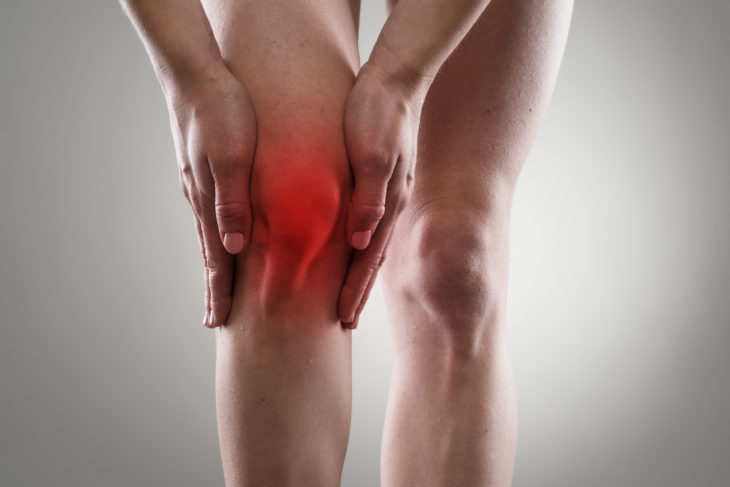
Source: naturalhealthcarecenter
The Risk
Your risk of knee issues increases if you’re carrying excess weight, have limited muscle strength in your legs, have previously injured your knee, or undertake specific sports like skiing or basketball.
If you have the above symptoms it’s advisable to seek medical help promptly. You don’t need to live with knee pain when, in many cases, it is surprisingly easy to resolve.
